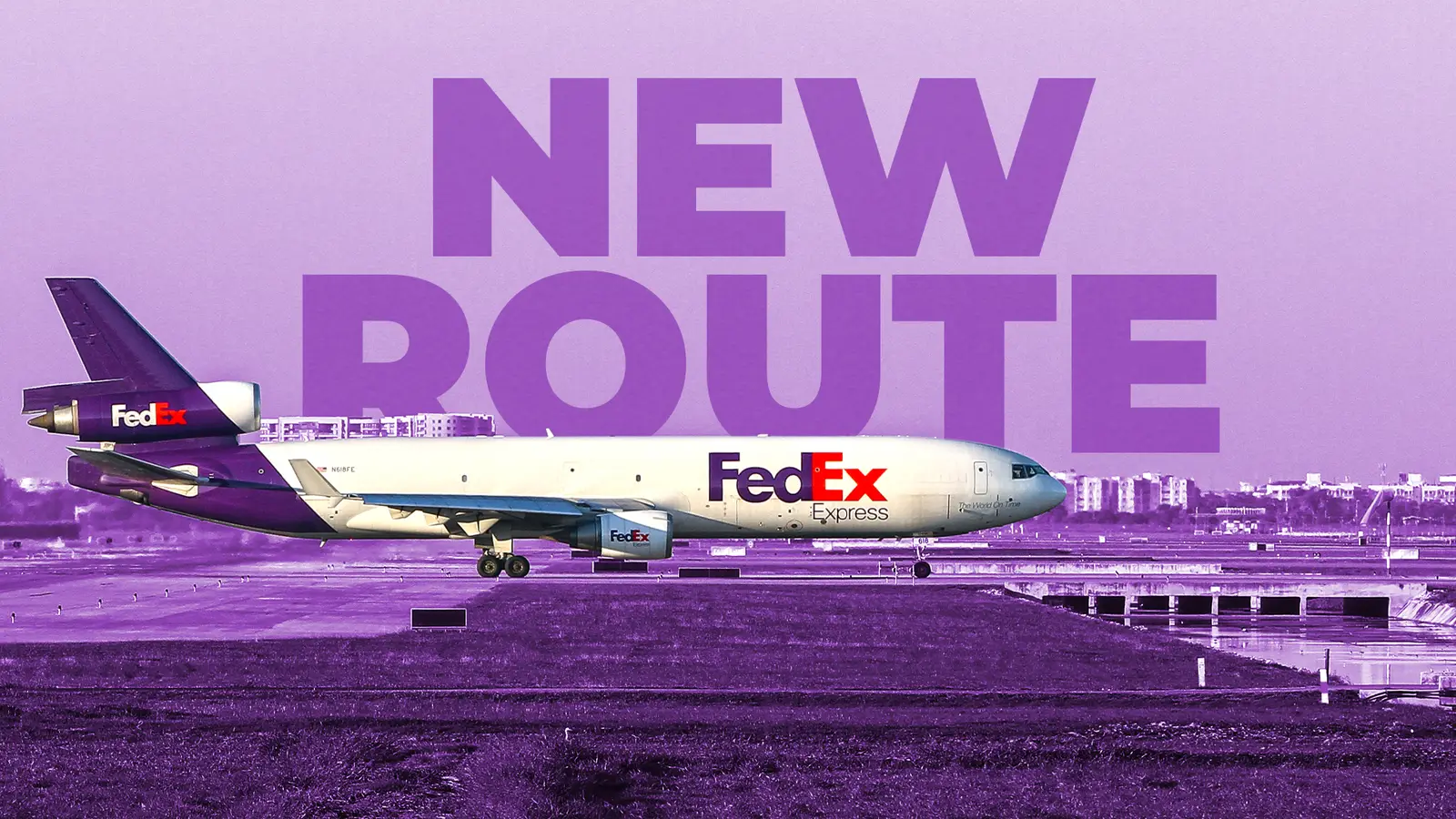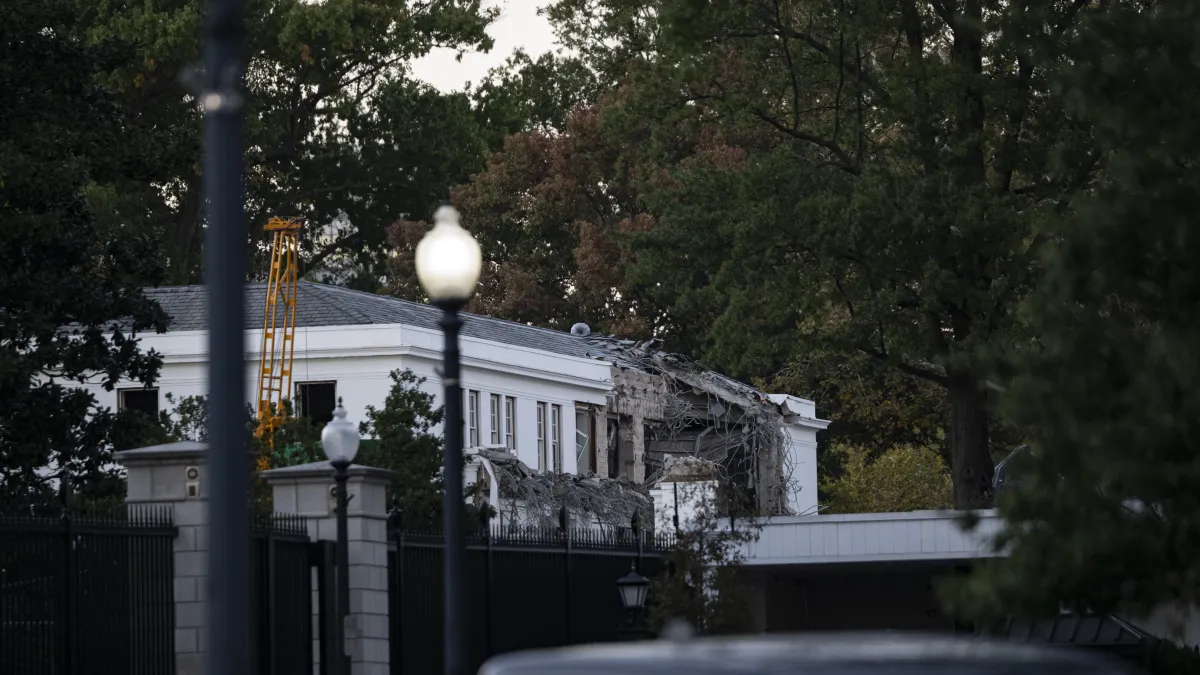Copyright Simple Flying

FedEx Express is the world's largest cargo airline, and its worldwide network is carefully structured to ensure efficiency while meeting demand. There's a heavy emphasis on connecting destinations to nearby hubs, with most of the carrier's longest flights being those connecting hubs on different continents. You'll see FedEx operate transatlantic flights between Indianapolis and Paris, for example, but not between Indianapolis and Frankfurt, because Frankfurt is not a FedEx hub. As reported by Yahoo, FedEx Express has recently introduced a new nonstop service between Indianapolis and Dublin Airport. While Dublin is not a small city, it's not home to a major FedEx sorting hub. Long-distance routes to spokes like Dublin are typically reserved for the company's Superhub in Memphis, while Indianapolis serves as a regional hub that connects to spokes in the US and FedEx's European hubs. What's the business case here? Overview Of FedEx Express FedEx Express (formerly Federal Express) is the air division of FedEx Corporation. While FedEx has multiple divisions, it started out as an airline, and flying continues to be the company's bread and butter. A common saying used to describe the difference between FedEx and its biggest rival, UPS, is that FedEx is an airline that happens to also own trucks, while UPS is a trucking company that happens to also own planes. FedEx, UPS, and DHL are the world's three largest courier companies, but DHL relies on a wide network of contract carriers to perform its flying, and UPS relies more heavily on its ground division. As such, FedEx Express's air operations make it the world's largest cargo airline. It has a fleet of over 350 mainline aircraft, along with well over 300 turboprops operated by contract airlines under its "FedEx Feeder" brand. FedEx has hubs all around the world. In the United States, Indianapolis serves as the "National" hub, while it also operates regional hubs in Anchorage, Fort Worth, Greensboro, Miami, Newark, and Oakland, along with the Superhub in Memphis. In Europe, it has hubs in Cologne, Liege, London-Stansted, and Paris-Charles de Gaulle. In Asia, it operates hubs in Dubai, Guangzhou, Mumbai, Osaka, Singapore, Shanghai, Taipei, and Tokyo-Narita. The New Route From Indianapolis To Dublin FedEx first revealed the start of a new route from Indianapolis to Dublin during an earnings presentation on September 18, 2025. Flights are operated with the Boeing 767-300F four times a week, but while it's not Indy's first cargo route to Europe, it is the airport's most unusual route on the surface. Indianapolis has plenty of passenger and cargo demand (it even sustains passenger flights to Dublin), but this route doesn't fit with FedEx's typical network strategy. FedEx connects Indianapolis to Cologne, Liege, London-Stansted, and Paris-Charles de Gaulle, but these are FedEx's four European hubs. Other European cities are either served from the European hubs or Memphis, but not a secondary US hub. The other hubs primarily serve nearby destinations, with backup service from Memphis if there's enough demand, as Memphis is the company's largest base of operations. Ireland, however, is a major hub for biopharma and the pharmaceutical industry. Indiana, meanwhile, is home to numerous pharmaceutical and medical equipment companies. There's significant passenger demand (captured by Aer Lingus's Airbus A321XLR), but there's also high demand for freight. Reportedly, FedEx can cut shipping times by an entire day with this new flight, compared to when cargo on this route needed to transit through one or multiple hubs. A New FedEx Express On The Horizon FedEx Express is changing. After a surge in demand and profitability during the COVID-19 pandemic, the company found itself falling from grace due to a combination of increased competition, rising operating costs, and weak shipping demand due to economic uncertainty, leaving it as vulnerable as it had ever been. To survive in current market conditions, FedEx Express has been making significant changes from top to bottom. The company has been closing smaller sorting facilities while also trimming staff at numerous others, and it has laid off hundreds of workers across the country. FedEx has been shifting focus away from its air division to instead shift more focus to its trucks, which are far cheaper to operate. FedEx is in cost-cutting mode as it looks to trim the fat off its operations and completely restructure its network to become more cost-effective. In late 2024, FedEx's contract with the USPS ended, and UPS Airlines picked up the flying instead. While this led to a loss of revenue for FedEx, reports suggest that the company was not receiving the return on investment that it was looking for. The loss of the USPS contract meant that FedEx's planes were now available for other types of flying, and FedEx could pursue new opportunities. This route from Indy to Dublin is one such example. The Future Of The FedEx Network With the loss of the USPS contract, FedEx's resources have just been freed up. The USPS contract stipulated a significant number of daytime flights, but now, FedEx has the freedom to use its resources (planes and staff) in new ways that could be a better fit for the company's future vision. Had FedEx won the contract renewal, then we might not have seen the launch of this new route as the company may not have had the resources to launch it. As a whole, FedEx Express has been redesigning its network into three distinct sections under its "Tricolor International" strategy. The aim of these groupings is to reduce excess capacity by categorizing shipments based on product types, demand, and urgency. The "Purple" network is for overnight express shipping, while the "Orange" network is for premium general cargo. The "White" network is for low-priority shipments that FedEx sends on passenger airliners. FedEx is prioritizing network efficiency and being more opportunistic than before. In the past, FedEx Express was stricter on which hubs served which destinations and focused heavily on coverage. Today, however, FedEx is attempting to be a leaner company that can more easily match current demand levels and can adapt to less favorable market conditions. In turn, the company's profits increase. Challenges Ahead For FedEx Express While FedEx Express is making changes to restructure its network, the carrier is still facing heavy competition. Of course, there's the usual threat of UPS Airlines and DHL, along with passenger airlines, but FedEx is also fighting off Amazon Air. Amazon Air has been rapidly outgrowing established cargo airlines, and it benefits from creating virtually all of its demand on its own due to the limitless popularity of Amazon's services. Then, there are the labor issues. FedEx Express has been laying off hundreds of workers in different roles, and employee morale has taken a hit. Its pilots, meanwhile, are working under a roughly 10-year-old contract and have been in negotiations for years with seemingly no resolution on the horizon. The Air Line Pilots Association ( ALPA) has even called out FedEx CEO Raj Subramaniam not just for labor issues, but regarding the company's overall direction. FedEx is struggling and attempting to make a turnaround, but workforce relations can be a tricky thing to manage. Labor is often the biggest overall cost for any company, yet keeping employees happy is crucial to success. FedEx is making brutal cuts to reduce its operating expenses, but the downside is that employee morale is low, and when morale is down, performance goes down. When you add in the intense competition, this creates an unenviable situation for the company. Rundown Of FedEx Express FedEx is rapidly restructuring its network and has been making brutal cuts to become leaner, but this new route is an example of the company's future vision. Connecting two areas with significant freight demand and cutting down on shipping times is an opportunistic move that efficiently utilizes the airline's fleet. Should the route prove as lucrative as hoped, one can only expect that FedEx will continue to find and exploit similar opportunities.



